What is bamboo charcoal fiber?
1. Selection of Raw Materials: High-quality bamboo that is over 5 years old is selected as the raw material.
2. High-Temperature Carbonization: The bamboo is carbonized at high temperatures with air separation. This step transforms the bamboo into bamboo charcoal.
3. Impurity Removal: Impurities are removed from the carbonized bamboo charcoal to obtain pure bamboo charcoal flakes.
4. Grinding: The bamboo charcoal flakes are ground into nano-sized bamboo charcoal powder.
5. Blending and Spinning: The nano bamboo charcoal powder is mixed with polyester (or other substrates such as viscose fibers) to form bamboo charcoal-based polyester filament or staple fiber. Alternatively, the bamboo charcoal powder is mixed with viscose pulp to produce bamboo charcoal viscose staple fiber.
6. Spinning into Fibers: The mixture is spun into fibers using spinning technology.
Characteristics of Bamboo Charcoal Fiber
Antibacterial
Bamboo charcoal is a porous structure with good odor absorption capacity. The effect can keep the body always refreshed.
Far Infrared Ray
Bamboo charcoal powders can absorb and release far infrared rays between 4μm and 15μm.
Providing Negative ions
Bamboo charcoal fiber has the function of releasing negative ions
Bamboo Charcoal Fiber Applications
Bamboo charcoal fiber is widely used in bedding (pillows, sheets, duvets), cushions, insoles, medical textiles (gauze, bandages, surgical gowns), clothing (coats, protective clothing, underwear, sportswear, socks), and home decor (curtains).
This fiber not only has environmental protection properties but also provides multiple health benefits such as comfort, breathability, and antibacterial effects.
Beddings | Pillows, sheets, duvet |
Mat | Cushions, insoles |
Medical textiles | Gauze, bandage, surgery cloth, nonwoven fabric |
Garments | Coat, Protective clothing, underwear, sportswear, socks |
Upholstery | Curtain |

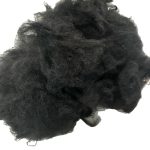
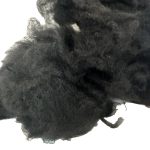
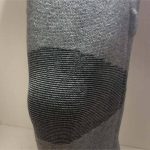
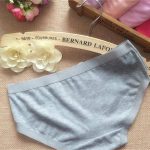

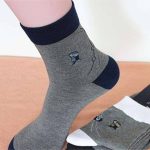
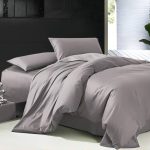
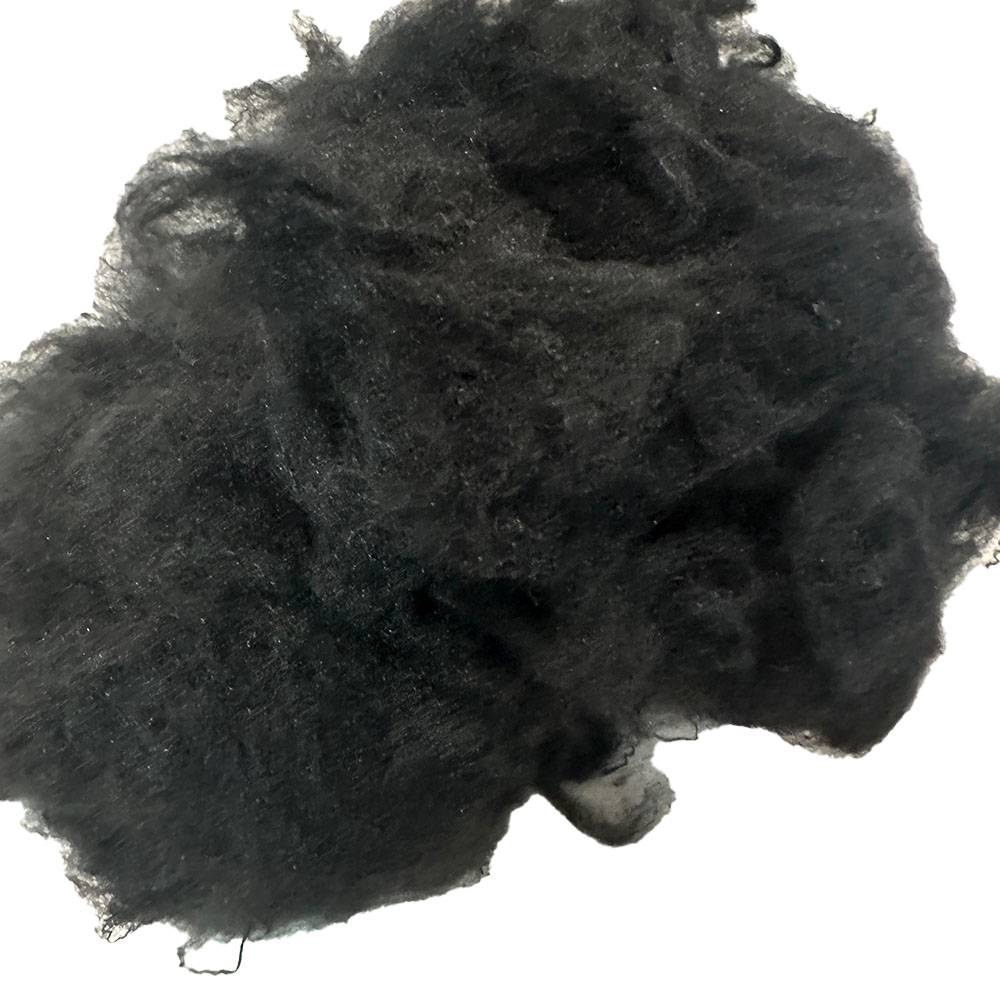
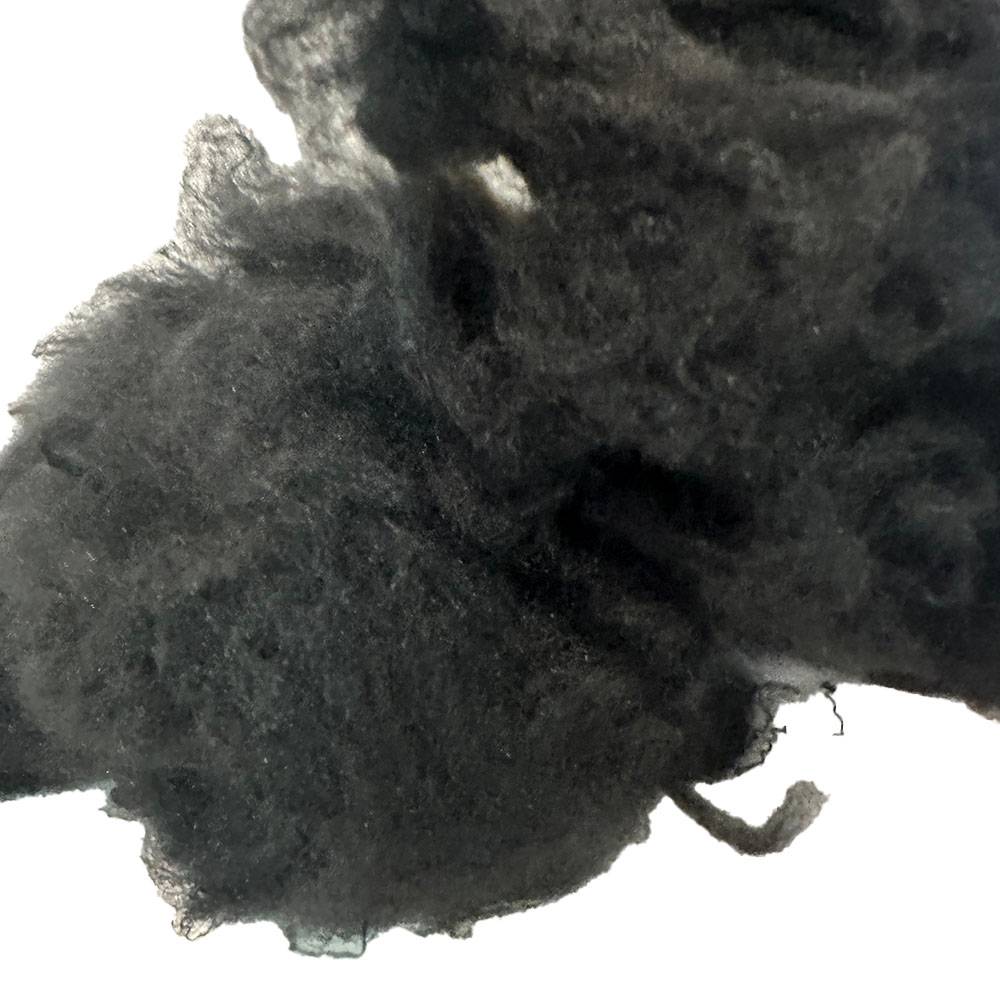
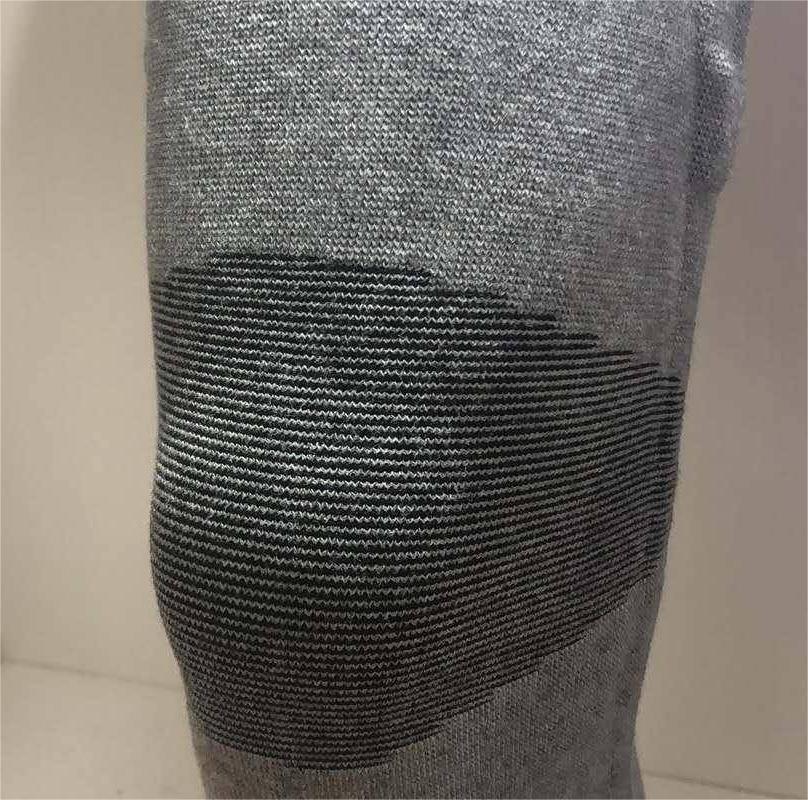
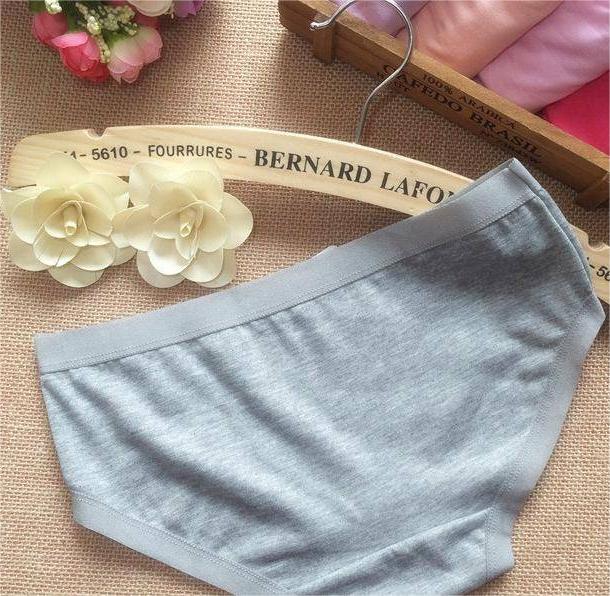

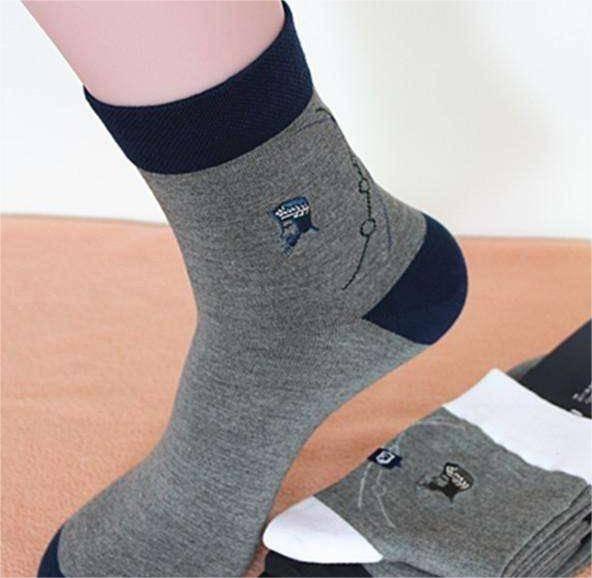
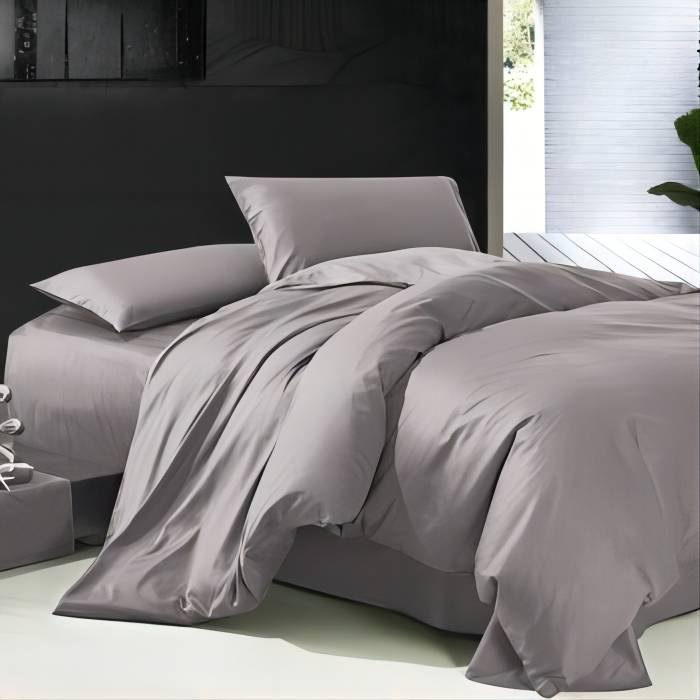
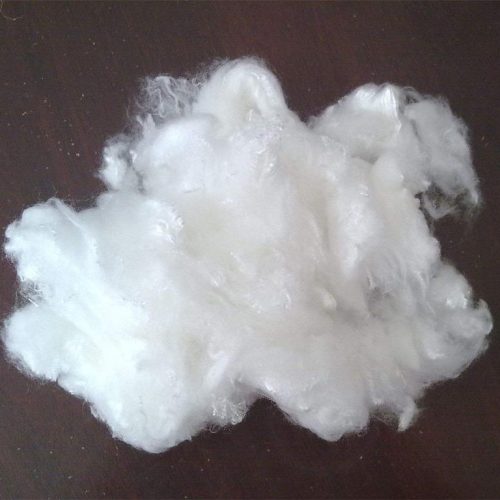
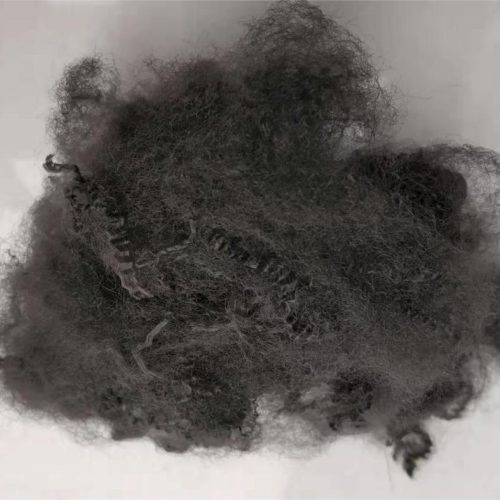
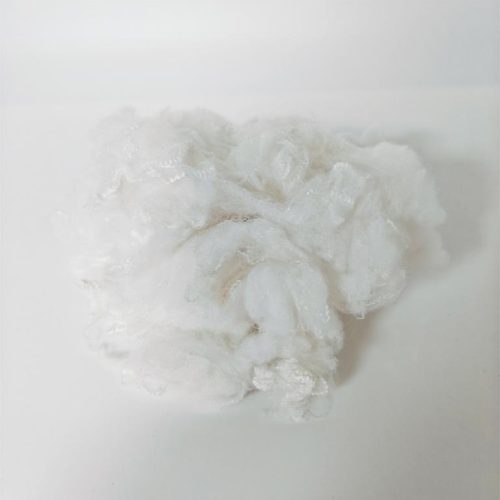
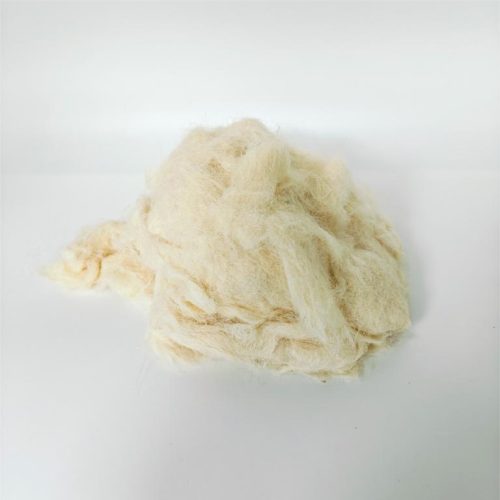
Reviews
There are no reviews yet.